Buy the photo Roman archaeology in Spain 2 by littletreasureshouse on canvas, ArtFrame, poster and wallpaper, printed on demand in high quality.
About "Roman archaeology in Spain 2"
by littletreasureshouse
About the artwork
The Centauro marino mosaic (sea centaur mosaic) is a type of Roman floor or wall mosaic that often depicts scenes from mythology and maritime themes. During the period of Emperor Hadrian (117-138 AD), this type of mosaic art flourished, partly due to the influence of Greco-Hellenistic culture and the empire's prosperity.
Sea centaurs are mythical creatures with the upper body of a man (sometimes also female) and the lower body of a fish or a dolphin. They are related to the classical centaurs (horse-man) but adapted to maritime contexts.
They symbolise power over the sea, harmony between man and nature, or the cosmopolitan nature of the Roman Empire.
The mosaics reflect both the artistic and technical feats of Roman decorative art in the second century.
Under Hadrian, an emperor with strong ties to Greek culture, classical mythology received a revival in art.
Mosaics express not only aesthetics, but also philosophical and cultural ideas about nature, the cosmos and imperial authority.
This is from around Cadiz in Andalusia

About littletreasureshouse
After closing my gallery in Antwerp, I ended up at Werk Aan De Muur where I found the opportunity to share all the beauty that has passed through my hands through this way. Furthermore, I also have the permission of some artists I have been working with for.. Read more…
 Netherlands
Netherlands Ordered in November 2022
Ordered in November 2022
 Netherlands
Netherlands Ordered in January 2019
Ordered in January 2019
 Germany
Germany Ordered in August 2019
Ordered in August 2019
 Netherlands
Netherlands Ordered in October 2024
Ordered in October 2024
 Germany
Germany Ordered in October 2022
Ordered in October 2022
 Netherlands
Netherlands Ordered in February 2022
Ordered in February 2022
 Germany
Germany Ordered in January 2023
Ordered in January 2023
 Netherlands
Netherlands Ordered in February 2017
Ordered in February 2017
 Netherlands
Netherlands Ordered in October 2021
Ordered in October 2021
 Germany
Germany Ordered in June 2023
Ordered in June 2023
 Germany
Germany Ordered in May 2021
Ordered in May 2021
 Germany
Germany Ordered in September 2019
Ordered in September 2019
About the material
ArtFrame™
Interchangeable Art Prints
- High-quality print
- Easily interchangeable
- Acoustic function
- Large sizes available
Discover the artworks of littletreasureshouse
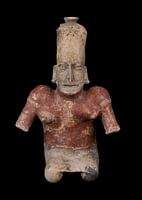 Female Pre-Columbian statue Mexico Jaliscolittletreasureshouse
Female Pre-Columbian statue Mexico Jaliscolittletreasureshouse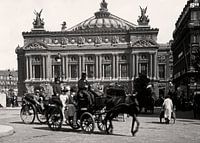 Opera Paris with carriage 19th.clittletreasureshouse
Opera Paris with carriage 19th.clittletreasureshouse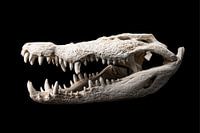 Skull of an African Nile crocodile, a fearsomely beautiful monsterlittletreasureshouse
Skull of an African Nile crocodile, a fearsomely beautiful monsterlittletreasureshouse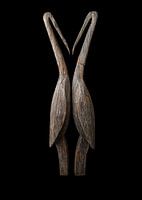 Madagascar African statue of 2 ibises Sakalavalittletreasureshouse
Madagascar African statue of 2 ibises Sakalavalittletreasureshouse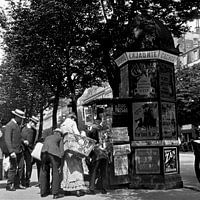 Paris in the 19th century. Kiosk with public boulevard newspapers and magazines..nostalgialittletreasureshouse
Paris in the 19th century. Kiosk with public boulevard newspapers and magazines..nostalgialittletreasureshouse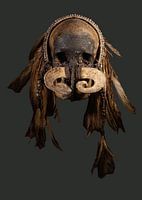 Asmat Skull Papualittletreasureshouse
Asmat Skull Papualittletreasureshouse Buddha as Siddhartha Gautamalittletreasureshouse
Buddha as Siddhartha Gautamalittletreasureshouse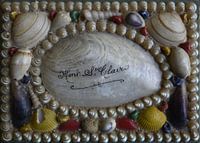 Vintage shell box Mont St. Clair.littletreasureshouse
Vintage shell box Mont St. Clair.littletreasureshouse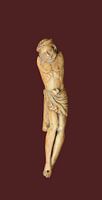 Antique Corpus Christi in bonelittletreasureshouse
Antique Corpus Christi in bonelittletreasureshouse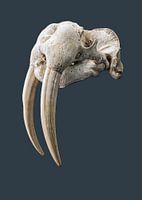 Walrus skull taxidermylittletreasureshouse
Walrus skull taxidermylittletreasureshouse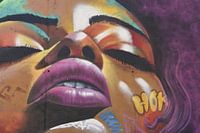 Graffiti in Spain's fiery south. Guapalittletreasureshouse
Graffiti in Spain's fiery south. Guapalittletreasureshouse Graffiti in Spain's fiery south. Funky Abuelalittletreasureshouse
Graffiti in Spain's fiery south. Funky Abuelalittletreasureshouse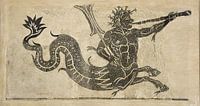 Roman archaeology in Spainlittletreasureshouse
Roman archaeology in Spainlittletreasureshouse Bullied at schoollittletreasureshouse
Bullied at schoollittletreasureshouse Stop bullying at schoollittletreasureshouse
Stop bullying at schoollittletreasureshouse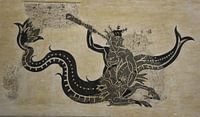 Roman archaeology in Spain 2littletreasureshouse
Roman archaeology in Spain 2littletreasureshouse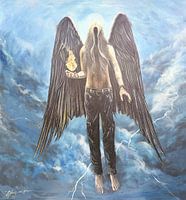 Shaun's visionlittletreasureshouse
Shaun's visionlittletreasureshouse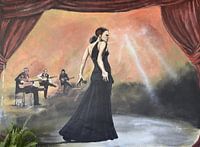 Shaun Young Flamenco Murallittletreasureshouse
Shaun Young Flamenco Murallittletreasureshouse Shaun Young Flamenco Artistslittletreasureshouse
Shaun Young Flamenco Artistslittletreasureshouse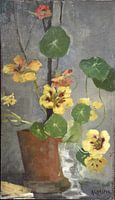 Indian cress still life - botanical oil paintinglittletreasureshouse
Indian cress still life - botanical oil paintinglittletreasureshouse
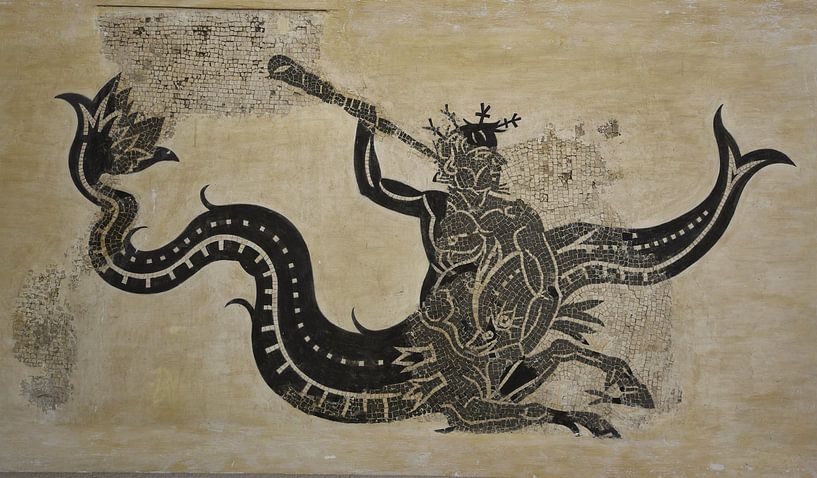


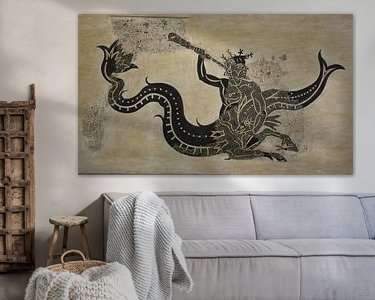



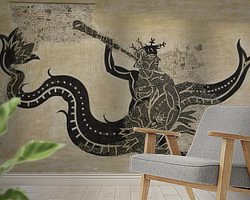

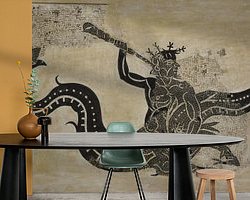

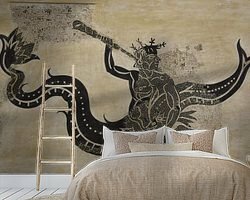
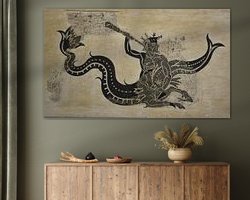
 Andalusia
Andalusia Dreamy Escapes
Dreamy Escapes Fairy tales
Fairy tales Fishing
Fishing Mysterious Spheres
Mysterious Spheres Photo wallpaper
Photo wallpaper Photography
Photography Powerful Expression
Powerful Expression Spain
Spain









